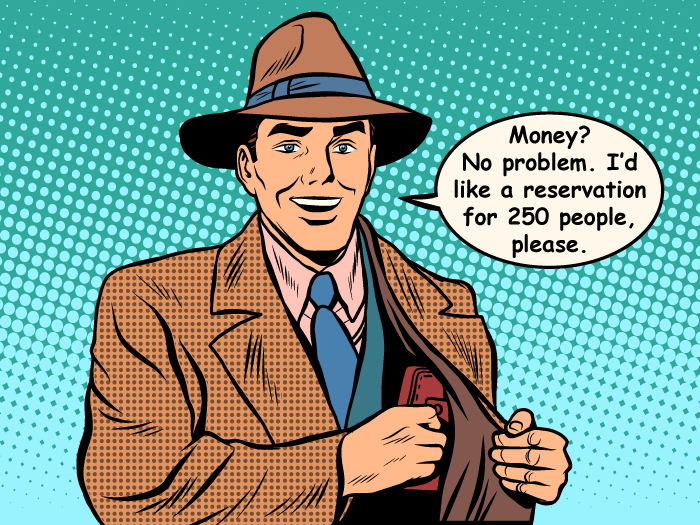
Not all customers are equal. In fact, there’s a natural law or guiding principle that categorizes customers and prospects in all small businesses. When understood and applied to your marketing, it’s capable of producing exponential results.
It’s the 80-20 rule, also called the Pareto principle. But we’re going to take this principle a step further and narrow our focus to the top 1% of customers, which you might call the 99-1 rule.
We’ll show how you can get extreme growth in sales revenue by focusing on just a handful of existing customers. If you’re a skeptic, in a minute I’ll even prove that this force of nature is at work in your business.
If you’re not familiar with it, 80-20 works like this: 20% of your customers are responsible for 80% of revenues. 20% of customers are responsible for 80% of complaints. 80% of the results in your business comes from only 20% of your marketing and sales efforts, and so on. The concept can be applied to any activity, whether its business or personal.

To support the book, Marshall and his colleague Brian Woodruff created perhaps my favorite business app of all time.
It’s called 8020curve.com.
Nerds will love it. I am one, so I know. And if you’re not, you’ll want to check it out anyway. You’ll quickly come to love it because of what it can do to increase sales in your business—without much extra work.
I must warn you that this will require some thinking, plus you'll have to put pen to paper.
Yet I promise you that it’s worth it. If you do nothing else to further your marketing efforts this year, do this.
How to Get a Big Increase in Sales with the Power of 80/20
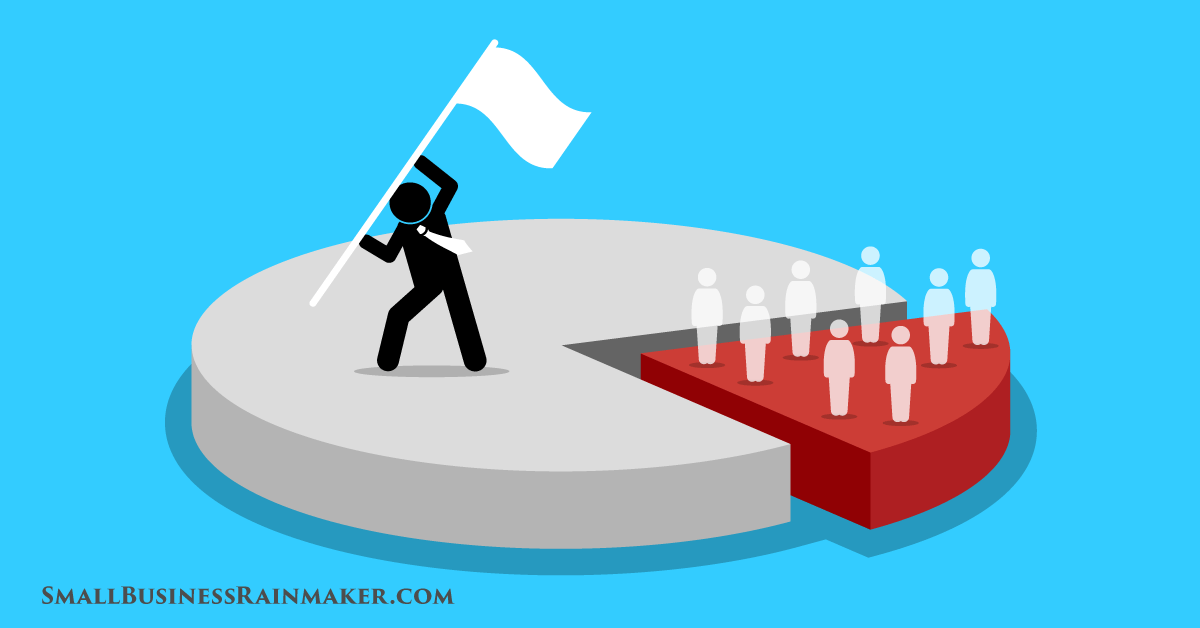
As with all things in nature, business numbers follow patterns. In the short video below, I’ll walk you through a couple of examples of how you can use the calculator to harness the power of these patterns, as they appear in the 80/20 and 99/1 rules.
As you’ll see, there is fascinating stuff that happens at the outside edge of your customer list. We’re going to look at what’s possible when you focus on the top 1% of customers. They are worth FAR more than you might think...or believe.
Why the One-Percenters on Your Customer List are Vital to Sales Growth
An article on HelpScout has some fascinating statistics about marketing to your own customers:
- “On average, loyal customers are worth up to 10 times their initial purchase.” But we’re going for above average. In that tiny 1% of your customer base you can find customers worth up to 100 times or more their initial purchase.
- You have a 5-20% chance of selling to a new prospect versus a 60-70% chance of selling to a current customer. It’s well-known that a sale to your existing customer is easier and cheaper. What’s not so obvious is that focusing your efforts on small segments of customers can return far more than trying to appeal to all your customers at once. Remember, not all customers are equal.
- If your customer service is good, 70% of US consumers are willing and able to spend more money with you. What we’ll see here in our experiment is that the one-percenters, a tiny segment of that 70%, are capable of spending an unbelievable amount of money with your business.
Here’s a good written explanation of how to use the calculator. In the video below I also give you a short example that shows how to find out what your one-percenters are worth. This page is also several great real-life examples that show you how to use the tool in for even more business sales predictions.
So, take a few minutes to watch the video, then come back to the article below. If you’re already familiar with this tool, you can skip right to the rest of the article below.
Here’s a real-world example taken from one restaurant operation.
An average dinner transaction is about $75 per table, averaging 3.4 people per table. On any given evening there will be about 50 tables (170 people.) That’s at least 50 transactions at $75 if none of the parties split the checks. The average revenue per person is about $22.
This restaurant also does private parties for a handful of its top customers. Each ONE of these transactions is worth $5,000-6,000 dollars for an event with 100-150 people or so.
Even if they manage to get only ten events per year, that’s an extra $50-60,000 (roughly a 6% increase) resulting from conversations with just a few clients. Let’s compare that to the “average” customer. In order to get $50,000 in revenue from their average check of $22, they’d have to get 2,273 customers to come in for dinner.
Which sounds easier and cheaper—coming up with a restaurant marketing campaign that gets 2,273 people to come in for dinner, or having brief conversations with five or six of your one-percenters?
I think you get the picture. The restaurant owners spent a little time listening to their one-percenters. The customers asked for private parties and the restaurant delivered.
By doing so, they were able to increase revenues handsomely the first year, with zero additional advertising and marketing expense. You can do the same, no matter what your business.
This doesn’t mean you give up on marketing to attract your normal customers. No, they are your foundation. The restaurant I mention still needs those hundreds of monthly “average” transactions to function. They’re the pool from which the one-percenters are drawn.
If you figure out what the one-percenters want, and you can give it to them, they’ll spend far more than you might now believe.
Going back to our restaurant, the average transaction from the one-percenters was over $5,000—that’s 227 times more than the average $22 check! They were also able to operate with higher profit margins because events can be scheduled, organized, and totally pre-planned.
How would you like to generate additional sales that are 227 times your current average? I know it sounds unbelievable when it’s put like that, but that’s the power of focusing on your one-percenters.
Proof That 80-20 Works in Your Business
There are two things you can do to see how this can work for your business.
Step One
First, start with your historical numbers. Create an excel file of all your sales for the past year, by customer. Or if you prefer, create a file of all sales in response to a recent marketing campaign or event. The excel file allows you to easily sort it by sales volume.
I can practically guarantee that the 80-20 rule applies—about 20% of your customers are responsible for about 80% of your revenues. Then look at the top 1% to see how much they generated. This is your historical picture. As with all statistics, the more data you have in your sample, the better the results.
(If you’re just starting out you might not have enough customers to categorize accurately and deliver a good prediction. Nevertheless, you can still use this tool for planning.)
Step Two
The second step is to take a predictive look at what’s possible, based on your historical sales. Plug your numbers into the 8020curve.com.
- Total number of members = how many customers you communicated with over the past year (or how many people were part of a single marketing campaign or event)
- How many members responded = how many customers made purchases last year (or many purchased as a result of the campaign or event)
- What was the value of the output = average sale per customer
Using the Rank section, look at what your top 1% are capable of producing. For example, if you have 3500 customers, you’ll want to rank members 35 through 1. The output result is a very reliable predictor of your potential. Now, compare the output here with what your one-percenters actually produced.
If you are stunned by the potential output of your one-percenters—and I’m sure you will be—then spend some time figuring out what you can offer them. It's a near-certainty that they will spend far more with you than you think possible.
Some ideas of what to offer your high-end customers include:
Bundled pricing packages. Put together bundles of products that appeal to your top 1%. You can discount these OR add extra services, warranties, customization, personal service, or other amenities to make the high-priced packages more attractive.
Talk to your one-percenters. Listen to what they’re saying if they’re in your shop or store. Reach out to them for a phone conversation and ask them if there’s anything they’d like to see from you. It can be as simple as that. Your affluent clients will appreciate the attention and you might get a million-dollar idea.
Joint ventures (JV) with compatible businesses. For example, a restaurant might JV with a limousine company and a hotel to create a memorable, premium Valentine’s Day package. A machine manufacturer could JV with a company that makes automatic packaging equipment that works inline with their machinery.
The 80-20 pattern fits my own historical business experience very closely. It’s uncanny how the pattern always appears. Do an 80-20 evaluation of your own business. Then go a step further and focus on your one-percenters. If you’ve never done an exercise like this, you’ll be surprised.
I’ll repeat this because it’s so important—the spending capacity of any given customer base is MUCH higher than many business owners realize.
If you’re thinking about what to work on this coming year, or any time of the year, include a close look at your 1%.
And don’t forget to pick up a copy of 80/20 Sales and Marketing. It’s a must-have for an small business owner or manager. We've only covered a small slice of what's possible with 80-20 marketing tactics. The book covers even more.
If you like the article, please share with your friends and colleagues using the social buttons. And if you have questions or want to share your experience, let us know in the comments section below.
* The book links on this page are affiliate links, so I make a small percent from each purchase. However, it doesn't increase what you pay.










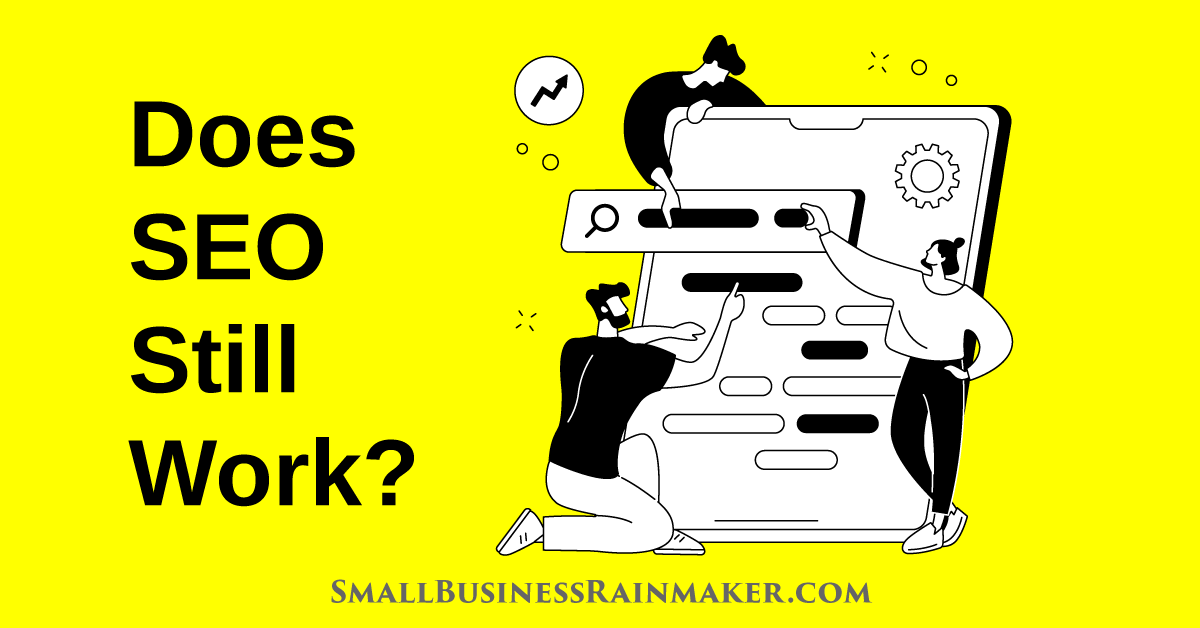
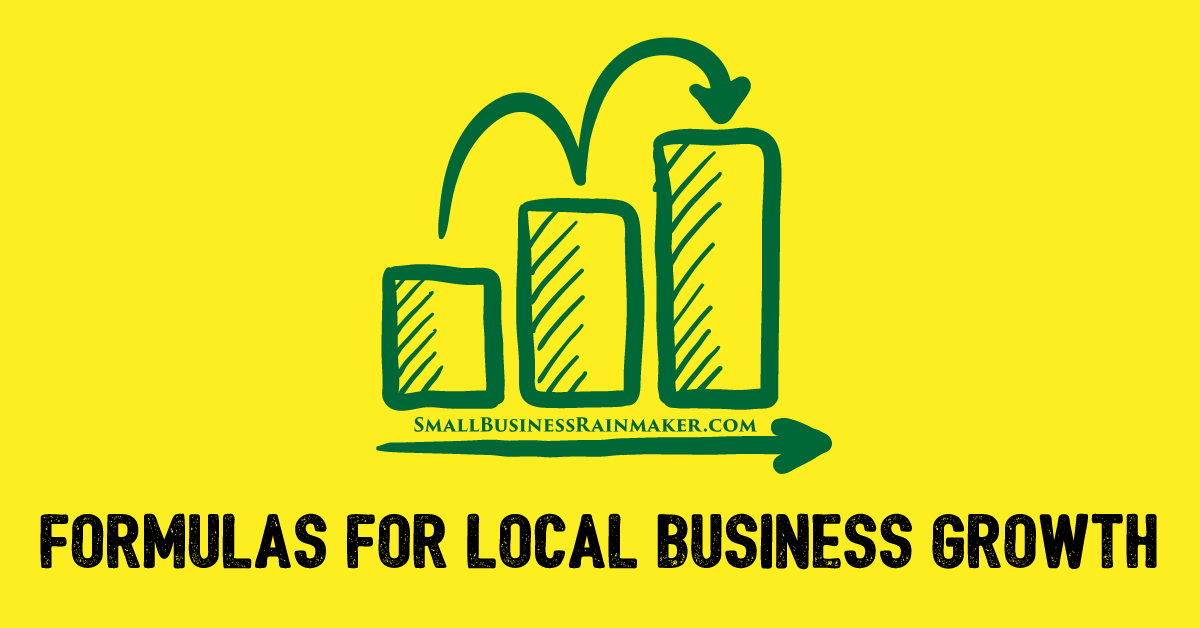
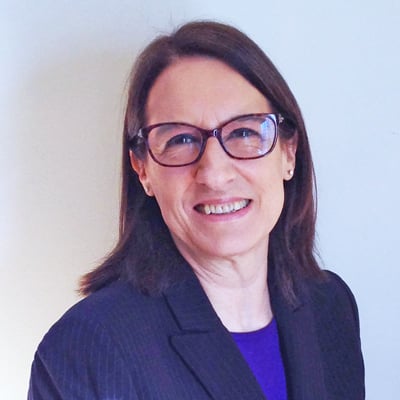

Leave a comment